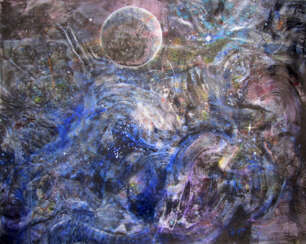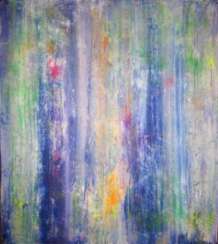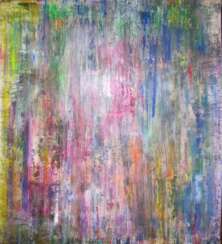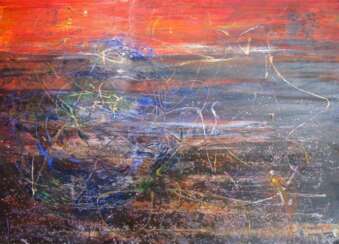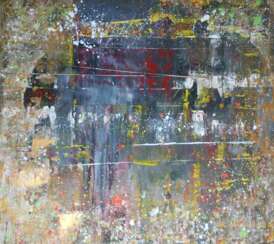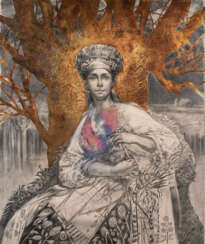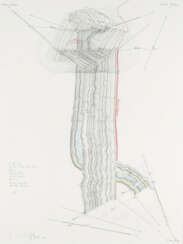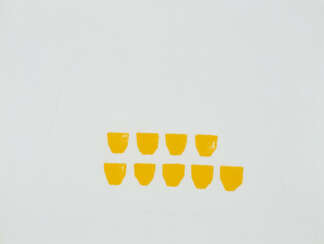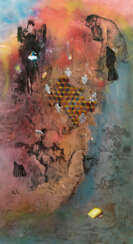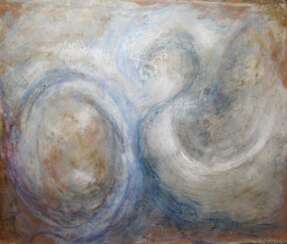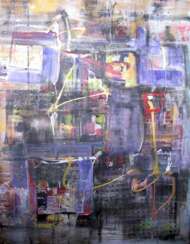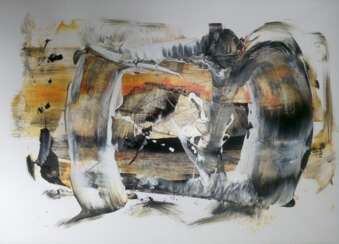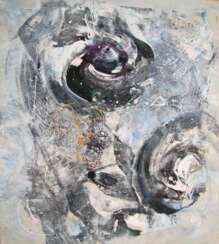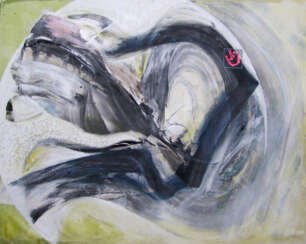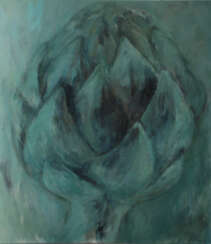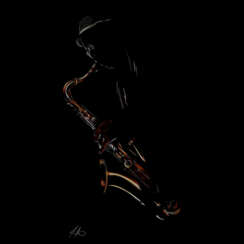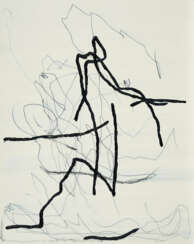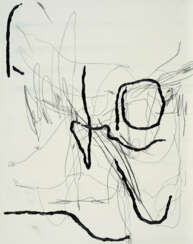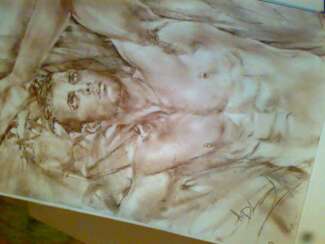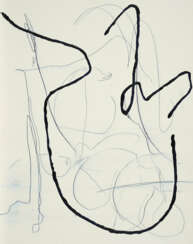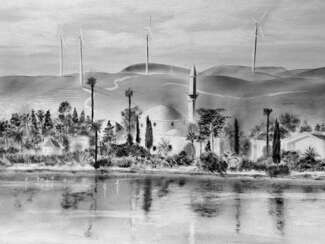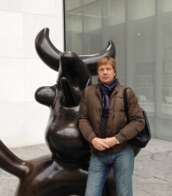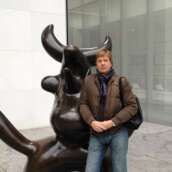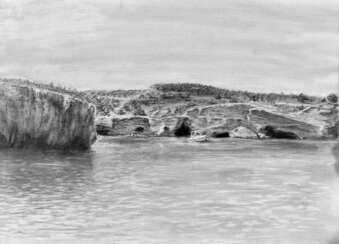oil and pencil






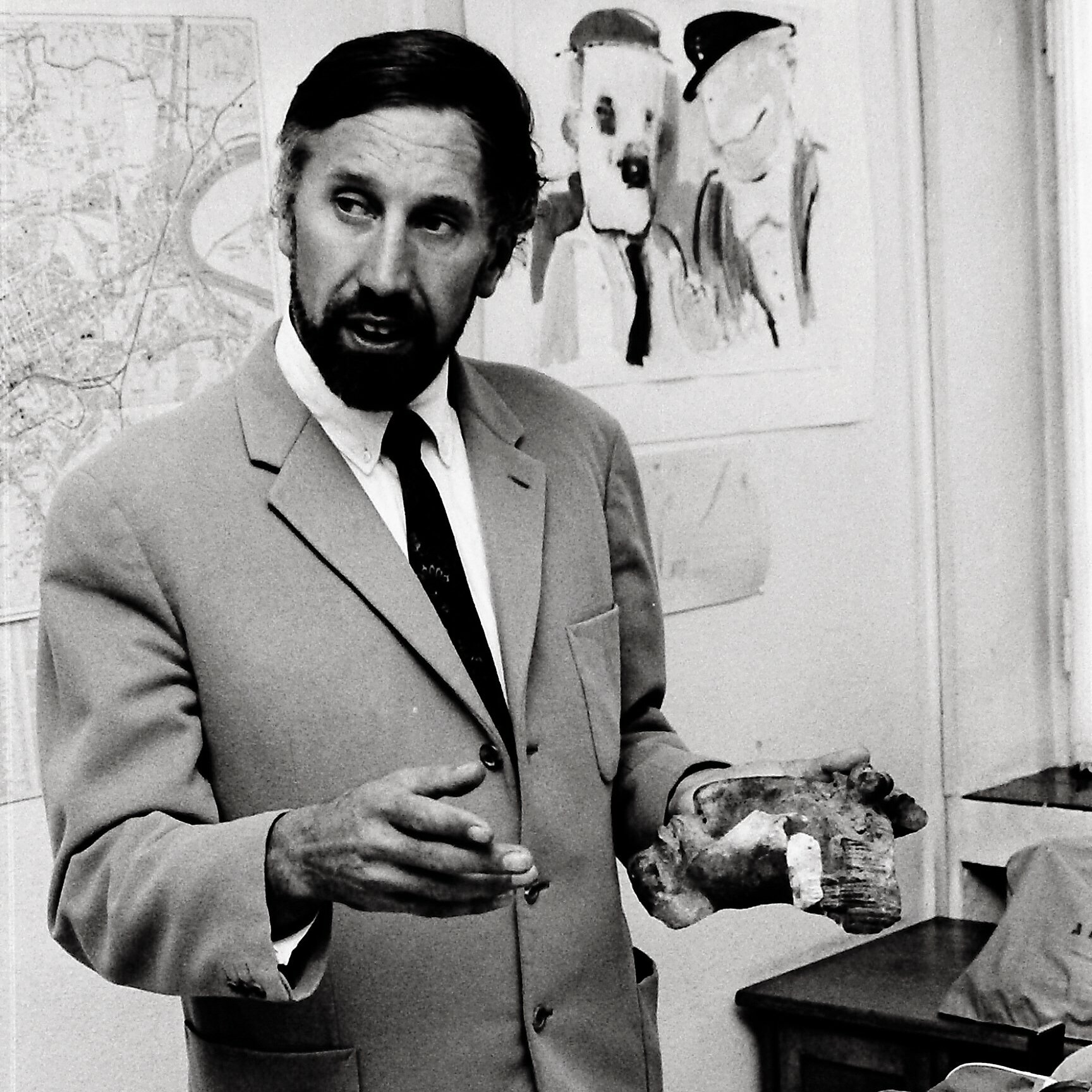
Herbert Zangs was a German artist.
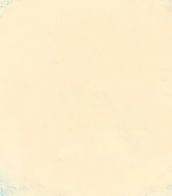




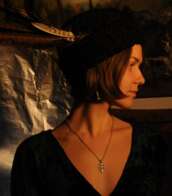
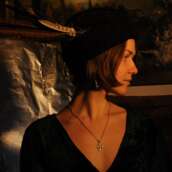
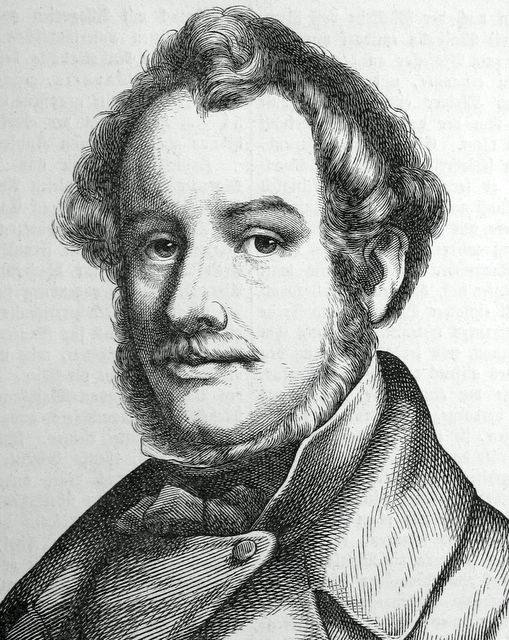
Ludwig Michael Schwanthaler, ennobled as Ritter von Schwanthaler, was a Bavarian sculptor and a key figure in the Classical movement in southern Germany. He was born on 26 August 1802 in Munich to a family that had been involved in sculpture for centuries.
Schwanthaler's journey began under his father's tutelage before he formally trained at the Munich Academy. His talent was so profound that he received commissions from royalty and mentorship from the likes of Peter von Cornelius. He further honed his skills in Rome, where he was influenced by Bertel Thorvaldsen. Returning to Munich, Schwanthaler met the demands for sculpture head-on, collaborating with architects and painters to revive the arts in Bavaria.
Among his many works, the statues in the Neues Palais and the figures in the Alte Pinakothek are notable. His versatility also shone in sacred art, with his contributions to St Ludwig and St Mariahilf churches. The Ruhmeshalle's metopes and the monumental Bavaria statue demonstrate his artistic bravery. Schwanthaler's life was dedicated to his craft, and upon his death on November 14, 1848, he bequeathed his models and studies to the Munich Academy, forming the Schwanthaler Museum.
For art enthusiasts, Schwanthaler's legacy offers a deep dive into classical sculpture's golden age. His works remain a testament to the neoclassical aesthetic and are celebrated for their historical and artistic significance.
Engage with the grandeur of Schwanthaler's art by signing up for updates, and take part in preserving the memory of one of Bavaria's master sculptors.

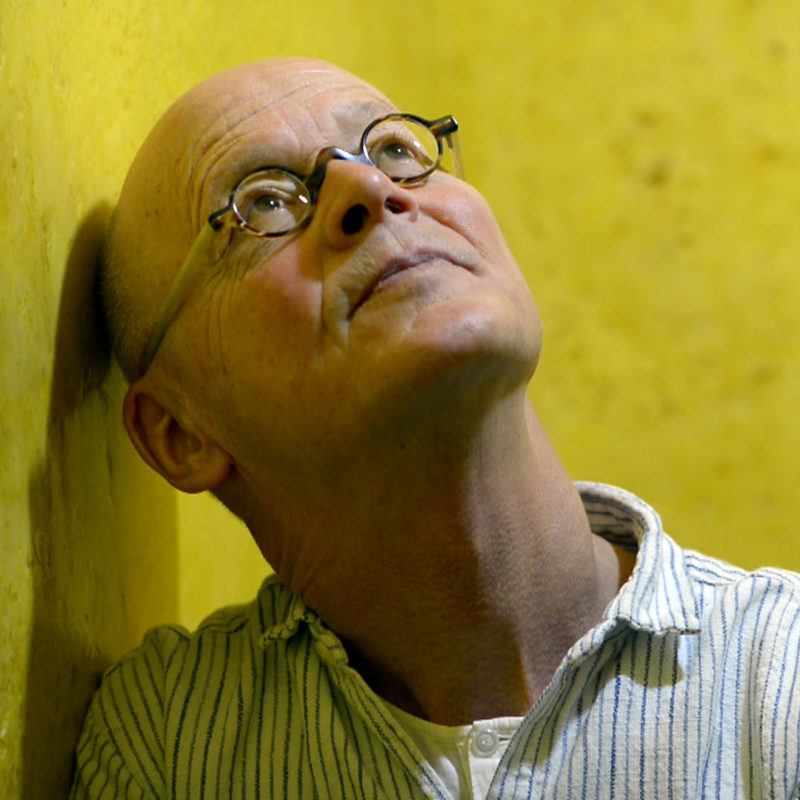
Wolfgang Laib is a contemporary German artist. He is known for his minimalistic and meditative installations that often incorporate natural materials, such as pollen, beeswax, and rice.
Laib studied medicine before turning to art, and his interest in the natural sciences has influenced his artistic practice. He is particularly interested in the connections between the human body, nature, and spirituality, and his work often explores themes of ritual, transformation, and transcendence.
One of Laib's best-known works is "Pollen from Hazelnut," an installation in which he collected pollen from hazelnut trees in the surrounding landscape and displayed it in a large, shallow wooden container. The work is intended to evoke a sense of the cyclical nature of life and the interconnectedness of all living things.
Laib has exhibited his work in museums and galleries around the world, including the Museum of Modern Art in New York, the National Gallery of Art in Washington, D.C., and the Hirshhorn Museum and Sculpture Garden in Washington, D.C. He represented Germany in the 1982, Venice Biennale and was included with his works in the Documenta 7 in 1982, and then in the Documenta 8 in 1987. In 2015, he was awarded the Praemium Imperiale, one of the world's most prestigious art prizes.















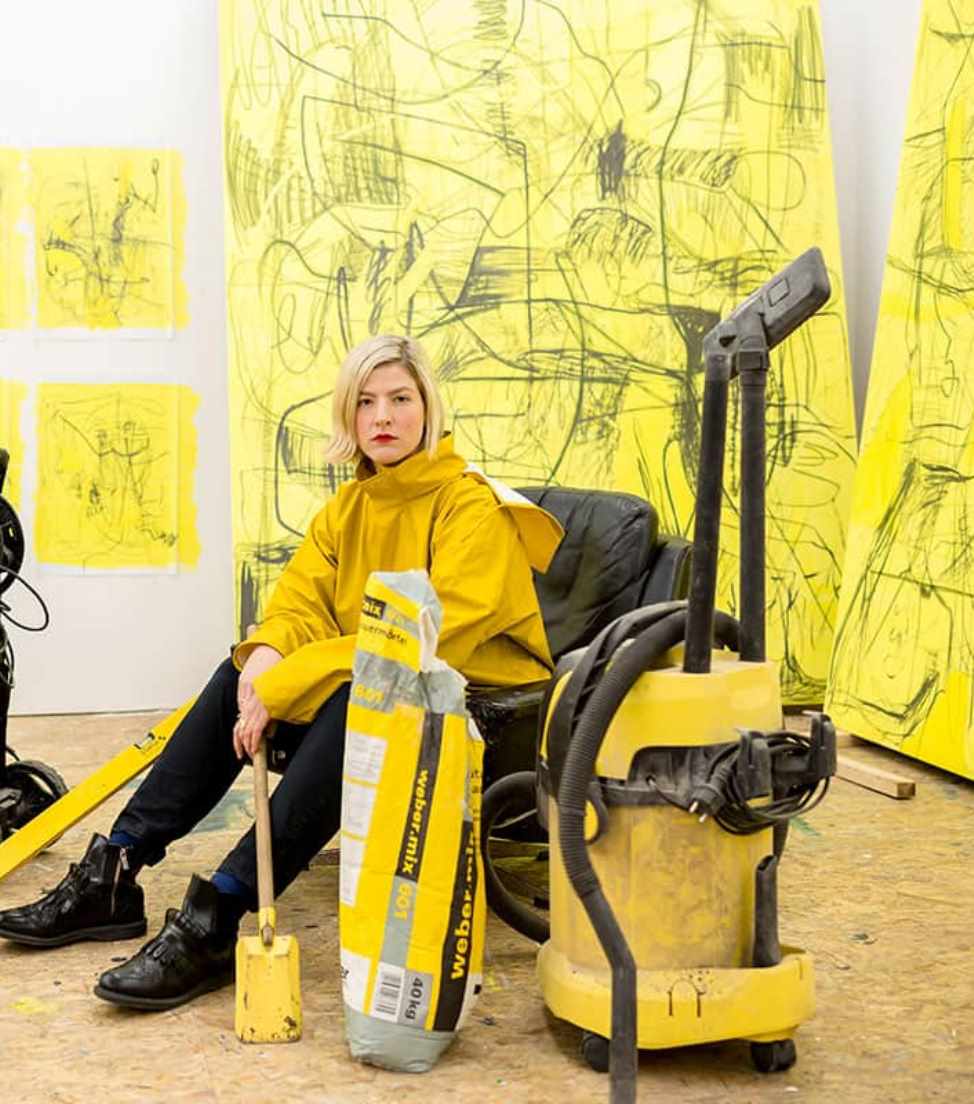
Jana Schröder is a German abstraction artist.
She studied at the Düsseldorf Academy of Art and lives and works in Düsseldorf.
Jana Schröder creates paintings that are largely driven by the movement of the paint itself. The result is multilayered labyrinths of webbing, in which elements of automatic writing and winding brushstrokes intertwine to guide the viewer's wandering gaze.
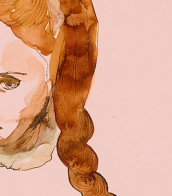

Jana Schröder is a German abstraction artist.
She studied at the Düsseldorf Academy of Art and lives and works in Düsseldorf.
Jana Schröder creates paintings that are largely driven by the movement of the paint itself. The result is multilayered labyrinths of webbing, in which elements of automatic writing and winding brushstrokes intertwine to guide the viewer's wandering gaze.


Jana Schröder is a German abstraction artist.
She studied at the Düsseldorf Academy of Art and lives and works in Düsseldorf.
Jana Schröder creates paintings that are largely driven by the movement of the paint itself. The result is multilayered labyrinths of webbing, in which elements of automatic writing and winding brushstrokes intertwine to guide the viewer's wandering gaze.




Ludwig Michael Schwanthaler, ennobled as Ritter von Schwanthaler, was a Bavarian sculptor and a key figure in the Classical movement in southern Germany. He was born on 26 August 1802 in Munich to a family that had been involved in sculpture for centuries.
Schwanthaler's journey began under his father's tutelage before he formally trained at the Munich Academy. His talent was so profound that he received commissions from royalty and mentorship from the likes of Peter von Cornelius. He further honed his skills in Rome, where he was influenced by Bertel Thorvaldsen. Returning to Munich, Schwanthaler met the demands for sculpture head-on, collaborating with architects and painters to revive the arts in Bavaria.
Among his many works, the statues in the Neues Palais and the figures in the Alte Pinakothek are notable. His versatility also shone in sacred art, with his contributions to St Ludwig and St Mariahilf churches. The Ruhmeshalle's metopes and the monumental Bavaria statue demonstrate his artistic bravery. Schwanthaler's life was dedicated to his craft, and upon his death on November 14, 1848, he bequeathed his models and studies to the Munich Academy, forming the Schwanthaler Museum.
For art enthusiasts, Schwanthaler's legacy offers a deep dive into classical sculpture's golden age. His works remain a testament to the neoclassical aesthetic and are celebrated for their historical and artistic significance.
Engage with the grandeur of Schwanthaler's art by signing up for updates, and take part in preserving the memory of one of Bavaria's master sculptors.

